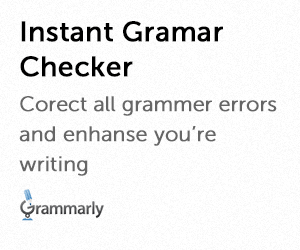Plagiarism is probably the most serious academic offense a student can ever commit. By definition, plagiarism is the intentional or unintentional use of another person’s ideas without proper acknowledgement. Students think that paraphrasing bypasses this but be warned that close paraphrasing also leads to it. This entails changing different words to their synonyms or the word order. Avoid plagiarizing your papers because it often leads to failing a course or expulsion.

Plagiarism can be detected in a paper. If your teacher or professor senses some discrepancies in the writing style, potentially plagiarized parts can be searched online. This is where Boolean research comes in handy. This is a quite tedious but effective process if you have the time. Just Google the suspected plagiarized parts enclosed in quotation marks and search if there are any direct hits. If you find sites that contain the exact same passages then that text is clearly plagiarized.
But if you don’t have time, there are other means by which you can determine plagiarized parts without laboring over every sentence. The best way to do this is with plagiarism-detecting software. These are applications that track how similar a document is to others that have been previously published online.
One of such software is works by having the user cut and paste the contents of a paper in a box on the home page. After this, the user should click on a button to run the scan. Once the scan has been completed, the user can see a breakdown of the sentences that have been checked for plagiarism. If it is marked okay, it is 100% unique. However, if it is flagged for potential plagiarism, then the user is redirected to a search engine that lists possible sites containing the exact sentence. Although checking for plagiarism is easy with this software, verifying the results is often time-consuming.
Another plagiarism detecting software works by having the user paste all the content on the site. Once they do this, the user has to wait a certain amount of time, depending on the paper’s length. One word of caution: If you want to scan your paper for plagiarism this way, it is advisable to upgrade instead of using the free online versions because they can really take a while. Even a small text can take up to 20 minutes or so before a plagiarism report is given to you.
Lastly, there is an online plagiarism detecting software that gives you more choices with how your paper is scanned for plagiarism. You can cut and paste portions of your document, upload the whole document, or provide a URL of the written text. After inputting the data you want checked, the text can begin to be scanned after clicking a button. Once the scan has been completed, it will say if the text is original or if not. If it’s not, it will present a list of sites where some parts may have been plagiarized from.
Using plagiarism-detecting software is helpful if you want to ensure that you are submitting academic papers that are 100% original. However, the best thing to do is to write papers using your own thoughts and properly citing borrowed ideas where necessary.




